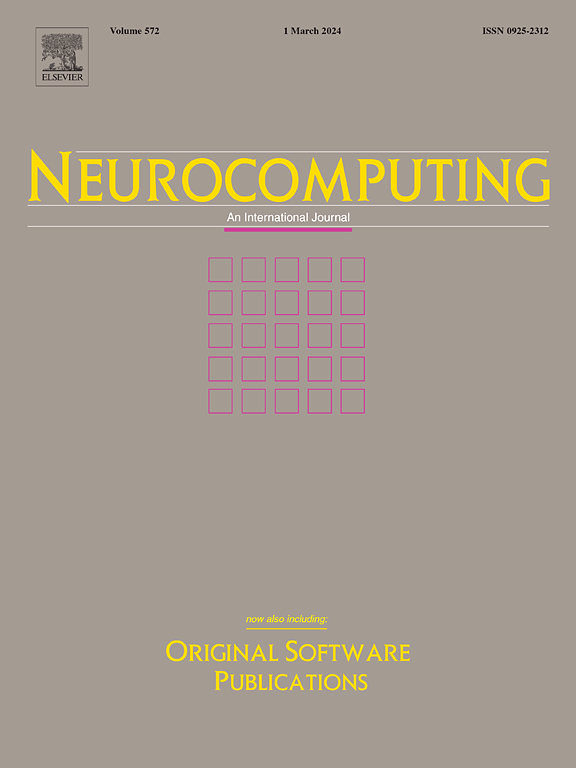Exploring interaction: Inner-outer spatial–temporal transformer for skeleton-based mutual action recognition
IF 5.5
2区 计算机科学
Q1 COMPUTER SCIENCE, ARTIFICIAL INTELLIGENCE
引用次数: 0
Abstract
Transformer-based methods have achieved significant results in the field of skeleton-based action recognition. However, when dealing with two-person interaction, existing approaches normally embed the skeleton of each person separately and then introduce an additional module to learn their interactions. This risks losing the spatial and semantic connection information between the two entities, which is crucial for interaction identification. To address this issue, a unified interactive spatial–temporal transformer is proposed in this paper. First, a Two-Person Embedding (TPE) is performed to provide a holistic interactive relationship representation, which can effectively avoid the information gap caused by the division of interacting entities. Second, an innovative Inner-Outer Transformer (IOformer) combining with a new spatio-temporal partition strategy is proposed to simultaneously learn the interactions between intra-partition joints and inter-partition skeletal parts. By comprehensively capturing the key spatio-temporal interactive feature, the accuracy and robustness of interaction recognition can be significantly improved. Extensive experiments on three challenging benchmark datasets validate that our method achieves better performance in comprehensive evaluation methods.
求助全文
约1分钟内获得全文
求助全文
来源期刊

Neurocomputing
工程技术-计算机:人工智能
CiteScore
13.10
自引率
10.00%
发文量
1382
审稿时长
70 days
期刊介绍:
Neurocomputing publishes articles describing recent fundamental contributions in the field of neurocomputing. Neurocomputing theory, practice and applications are the essential topics being covered.
 求助内容:
求助内容: 应助结果提醒方式:
应助结果提醒方式:


